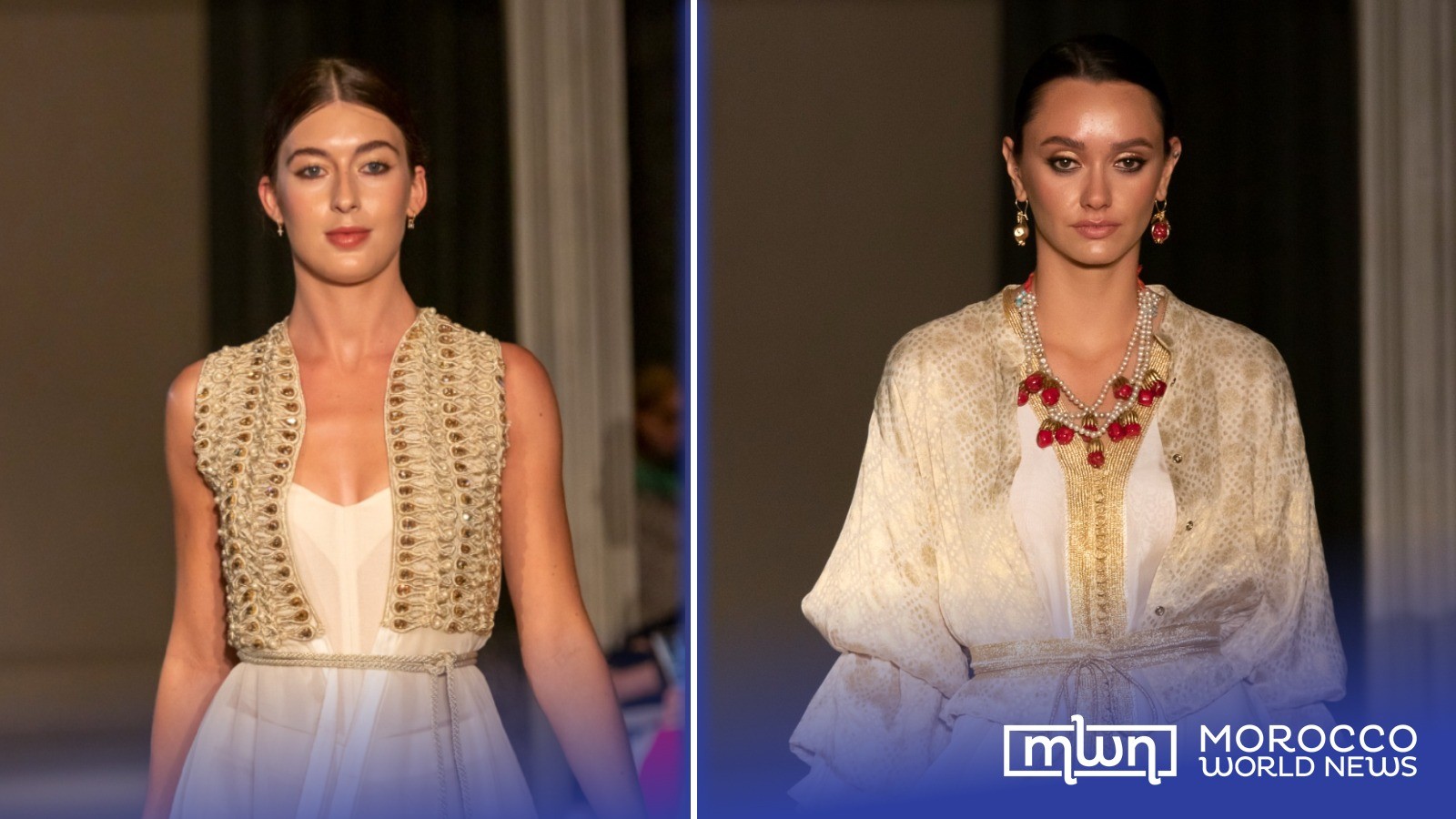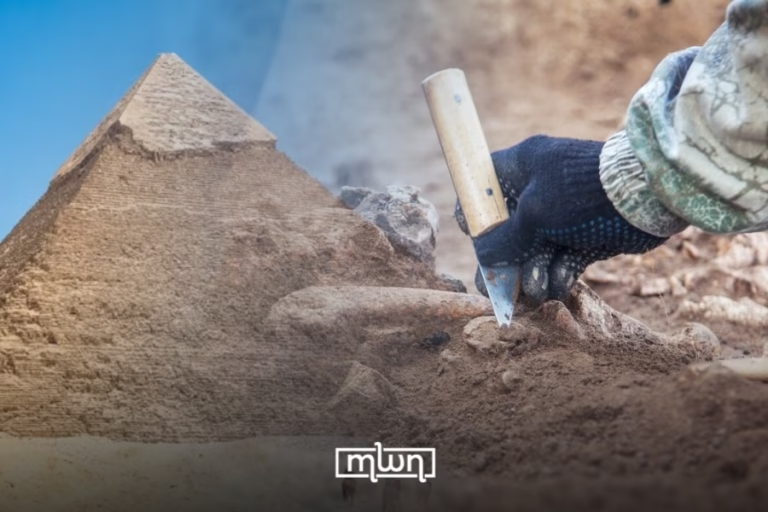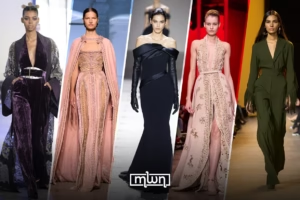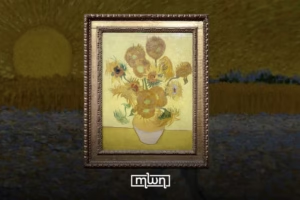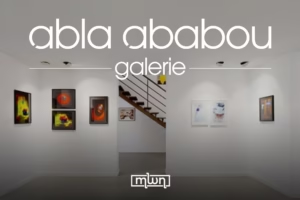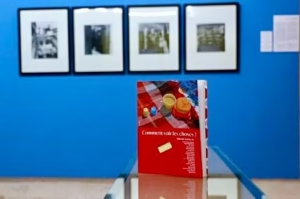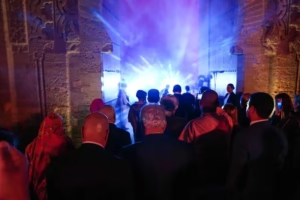The Oriental Fashion Show in Paris that took place on July 5 showcased various talents from Morocco as well as the Oriental world. The fashion show enables Moroccan designers to reach out to a global audience and integrate the network of a community passionate about fashion that transcends cultural boundaries.
This year’s Oriental Fashion Show featured the creations of two Moroccan designers: Nadia Ksiyer and Mouna Benmakhlouf. The two fashion creators said their aim is to preserve Moroccan heritage and pay homage to it by basing their caftan pieces on local craftsmanship and incorporating contemporary elements in them, making the perfect blend of traditional Moroccan culture and modernity. They strive for the creation of a perspective on Moroccan fashion that involves the balance of two timelines.
Each of the two designers has a unique yet shared vision when it comes to their presented collections. Nadia Ksiyer, who is a designer with boundless imagination, exposed her own perspective on the caftan with unique themes and a light touch.
Read also: Preserving Morocco’s Heritage: Fatima Al-Zahraa Al-Idrisi’s Fashion Approach
Her work is inspired by the various characteristics of her mother and grandmother’s clothing style from the city of Tangier. Nadia’s creativity pushes her to design pieces that include symbolic Moroccan history, local architectural features, and the abundant resources that the country offers.
Meanwhile, Mouna Benmakhlouf’s approach involves making use of unique materials and innovative shapes resulting in stylish and delicate creations. With a diploma in art and design in Paris, she launched her own brand. The caftan collection she showcased at this year’s Oriental Fashion Show demonstrates traditional Moroccan craftsmanship accompanied by a modern touch using techniques imbued with innovation.
The traditional caftan is a garment that holds an important amount of cultural heritage in Morocco. Originating from the medieval Islamic period, the caftan tells the story of multiple cultural influences from Berber and Arabic traditions. The caftan soon became a symbol of Moroccan fashion and culture, gaining international recognition.
In an effort to push for the preservation of the traditional caftan as a cultural heritage, Morocco is preparing to include the cultural piece in the United Nations Educational, Scientific and Cultural Organization (UNESCO)’s list of intangible cultural heritage. The goal of this decision is to formalize the caftan’s status as a memorable piece of Moroccan history.

